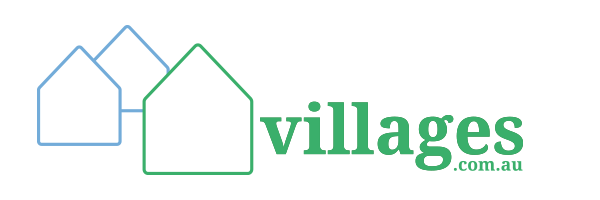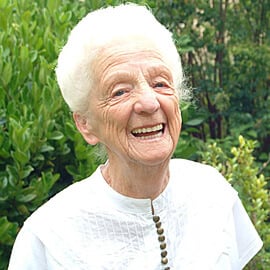The big story in 2014 was the listing of the three private aged care operators – Japara, Regis and Estia. All exceeded any blue sky valuation – especially Estia. It was valued at over $1 billion two years after it was a sleepy 10-facility Victorian care operator.
The sizzle story was that like taxes, there is no escaping the aged care home. 40%+ of us will end up there and the number of us is increasing a lot faster than anyone can fund or build. Demand far exceeds supply. Happy days.
So how come since late 2015 – say 10 months ago – the value of shares in these big three have dropped an average of 30% (Regis 29%, Japara 31% and Estia 37%)?
Uncertainty is to blame. The vast majority of the aged care home funding comes from Government because 60% of us pay nothing – because we are pensioners. And Government keeps paying. Right?
Well actually ‘no’. In the May budget, notice was given aged care funding in one area would be cut by $300M a year and the small print says it will be considerably more.
Every aged care home operator will be hit, Not For Profit as well as private.
This is against a backdrop where a commissioned independent study by the Aged Care Alliance says the sector only makes $700M a year in profit from $123B turnover. So cutting $300M a year means a lot more care homes will lose money by opening their doors.
This is not sustainable so operators are introducing new fees to cover the gaps. The consumer is paying more. And it shows. While share prices are going south, the profits and investment in new homes is going north.
The reality is the big three listed operators are reporting expanding profits and expanding investment in building new homes. While share prices are dropping 30%, profits are up 15% for listed care operators.
Regis has just announced a net profit after tax of $56.8M, an increase of 24% over FY15. Japara was up 5.6% to $30.4M.
Regis spent $153M in acquisitions and $142M in land and building new facilities.
Japara purchased the Profke portfolio of care homes and has 900 beds under construction over the next 36 months at a cost that will exceed $225M. At the same time its staff costs as a percentage of revenue has marginally increased to 67%, so they are not skimping on labour.
Lump sum upfront payments are down – by 39% in dollars for Regis over 2015, with just 51% of new clients paying a RAD.
Each of the listed companies have been fast off the mark introducing new daily ‘accommodation’ fees to keep income levels up for the less profitable RAD customers. Others will follow especially with the $1.2B ACFI cuts.
And they can because all aged care homes are at 95%+ occupancy. Clients have to find a bed and operators have to build new homes – which require more capital.
So while the share prices are diving because analysts are seeing short term bumps, the reality is the government is supporting operators charging more knowing demand far exceeds supply – even when CDC and home care starts biting.
Growth, especially by acquisition, can generate short term surprises – Estia has to manage integration of legacy systems for instance which knocks around short term profit predictions – but medium term we believe profits and building new homes is secure.
Now may be a good time to be buying stocks.






